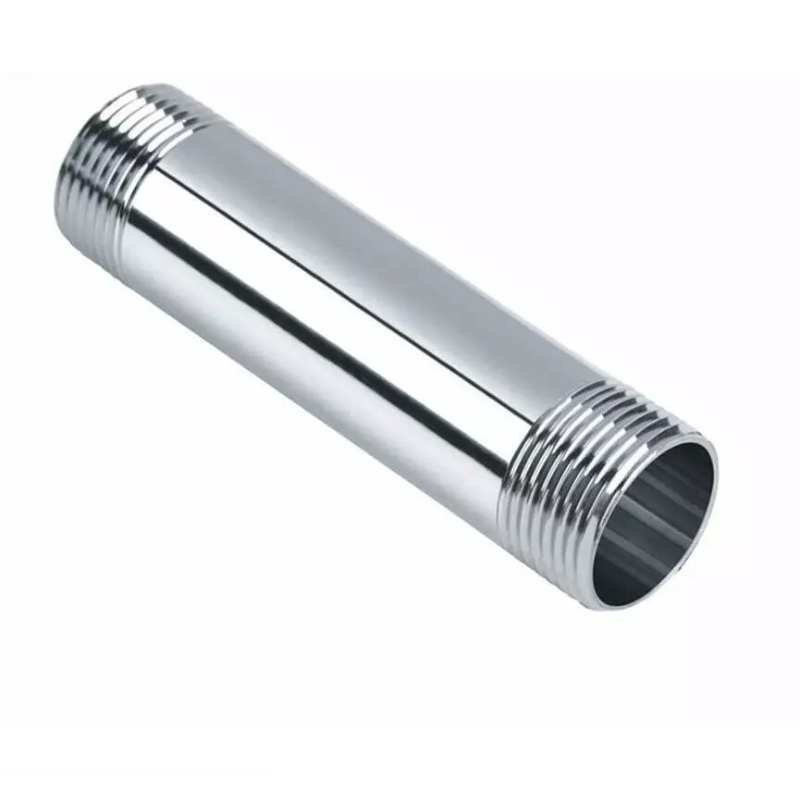-
Cangzhou Yulong Steel Co., Ltd.
-
Phone:
+86 13303177267 -
Email:
admin@ylsteelfittings.com
- English
- Arabic
- Italian
- Spanish
- Portuguese
- German
- kazakh
- Persian
- Greek
- French
- Russian
- Polish
- Thai
- Indonesian
- Vietnamese
- Zulu
- Korean
- Uzbek
- Hindi
- Serbian
- Malay
- Ukrainian
- Gujarati
- Haitian Creole
- hausa
- hawaiian
- Hebrew
- Miao
- Hungarian
- Icelandic
- igbo
- irish
- Japanese
- Javanese
- Kannada
- Khmer
- Rwandese
- Afrikaans
- Albanian
- Amharic
- Armenian
- Azerbaijani
- Basque
- Belarusian
- Bengali
- Bosnian
- Bulgarian
- Catalan
- Cebuano
- China
- China (Taiwan)
- Corsican
- Croatian
- Czech
- Danish
- Esperanto
- Estonian
- Finnish
- Frisian
- Galician
- Georgian
- Kurdish
- Kyrgyz
- Lao
- Latin
- Latvian
- Lithuanian
- Luxembourgish
- Macedonian
- Malgashi
- Malayalam
- Maltese
- Maori
- Marathi
- Mongolian
- Myanmar
- Nepali
- Norwegian
- Norwegian
- Occitan
- Pashto
- Dutch
- Punjabi
- Romanian
- Samoan
- Scottish Gaelic
- Sesotho
- Shona
- Sindhi
- Sinhala
- Slovak
- Slovenian
- Somali
- Sundanese
- Swahili
- Swedish
- Tagalog
- Tajik
- Tamil
- Tatar
- Telugu
- Turkish
- Turkmen
- Urdu
- Uighur
- Welsh
- Bantu
- Yiddish
- Yoruba

Nov . 14, 2024 23:16 Back to list
din flange pn10
Understanding DIN Flanges Focus on PN10
Flanges are essential components in piping and construction, serving as critical connectors between different parts of a system. Among the various standards governing flanges, the German Institute for Standardization (DIN) has established a set of specifications that are widely recognized in engineering and industrial applications. One prominent example is the DIN flange, particularly the PN10 rating. This article will delve into the characteristics, applications, and benefits of DIN flanges with a PN10 designation.
What is a DIN Flange?
DIN flanges are a type of mechanical component defined by the DIN standard for both design and dimensions. They are generally used to join two pipes, valves, or other equipment. The PN (pressure nominal) rating system classifies flanges according to their pressure-handling capability. Flanges are critical in ensuring the integrity and safety of the piping system.
Understanding PN10 Rating
The term PN10 indicates that the flange is capable of handling a maximum pressure of 10 bar, which is equivalent to approximately 145 psi. This designation signifies that the flanges are suitable for applications where the working pressures do not exceed this limit. PN10 flanges are typically employed in systems dealing with water and other liquids, as well as gases.
A key feature of PN10 flanges is that they are manufactured following specific dimensional and material standards laid out by the DIN. Standard sizes range from small diameters (typically around 10 mm) to larger sizes (up to several meters), allowing for flexibility in design and application.
Material Composition and Characteristics
DIN flanges, including the PN10 variety, can be fabricated from various materials to suit different operating environments. Common materials include carbon steel, stainless steel, and ductile iron. Each material has distinct properties such as corrosion resistance, strength, and durability, making it crucial to choose the right material based on the specific requirements of the application.
The manufacturing process incorporates advanced techniques such as forging, machining, and welding to ensure that the flanges meet high-quality standards. This attention to detail helps prevent leaks and failures under pressure, which is vital for maintaining operational safety.
Applications of PN10 Flanges
PN10 flanges find extensive applications across numerous industries. They are commonly used in
din flange pn10

1. Water Supply Systems Given their pressure rating, they are ideal for municipal water supply pipelines and irrigation systems. 2. Chemical Processing Many chemical plants utilize PN10 flanges to connect various equipment, as they handle various chemicals safely, provided the right material is utilized.
3. HVAC Systems PN10 flanges are also utilized in heating, ventilation, and air conditioning systems, which require reliable connections at moderate pressures.
4. Marine Applications In shipbuilding and offshore platforms, the durability and strength of PN10 flanges make them suitable for piping systems exposed to harsh environments.
5. Food and Beverage Industry Stainless steel PN10 flanges are often used in processes where hygiene and cleanliness are paramount, ensuring safe transport of liquids and gases.
Advantages of Using DIN PN10 Flanges
1. Standardization Adhering to DIN standards ensures compatibility with existing systems, facilitating easy replacements and repairs.
2. Versatility The range of materials and sizes available allows for use in a broad array of applications across different sectors.
3. Safety The pressure ratings and material characteristics ensure that installations maintain system integrity, minimizing the risk of leaks or failures.
4. Durability High-quality manufacturing processes ensure that flanges have a long life span, reducing the frequency of replacements and maintenance costs.
Conclusion
DIN PN10 flanges are an integral element in various industrial operations, providing reliable connections in piping systems. With their standardized design, versatile applications, and safety features, they play a crucial role in ensuring operational efficiency across multiple sectors. For engineers and industry professionals, understanding the specifications and capabilities of DIN flanges is essential for effective system design and maintenance.
Latest news
-
ANSI 150P SS304 SO FLANGE
NewsFeb.14,2025
-
ASTM A333GR6 STEEL PIPE
NewsJan.20,2025
-
ANSI B16.5 WELDING NECK FLANGE
NewsJan.15,2026
-
ANSI B16.5 SLIP-ON FLANGE
NewsApr.19,2024
-
SABS 1123 FLANGE
NewsJan.15,2025
-
DIN86044 PLATE FLANGE
NewsApr.19,2024
-
DIN2527 BLIND FLANGE
NewsApr.12,2024
-
JIS B2311 Butt-Welding Fittings LR/SR 45°/90° /180°Seamless/Weld
NewsApr.23,2024











